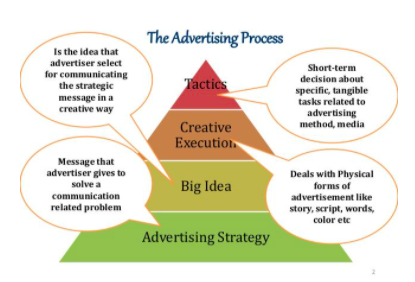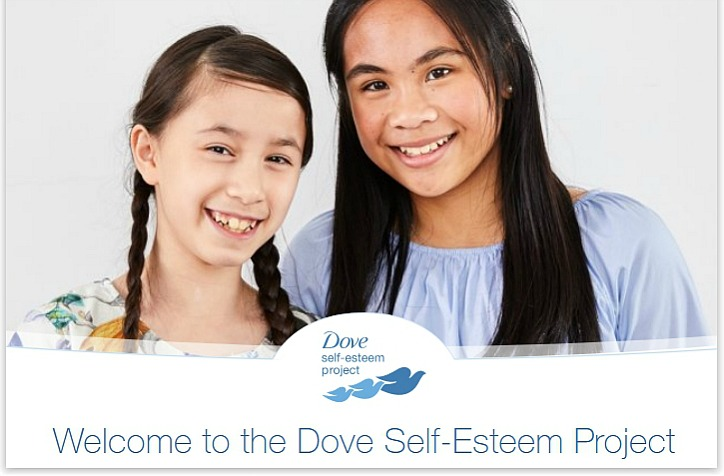
Table of Contents
- Advertising Strategies and Advertising Campaigns: What’s the Difference?
- Bringing It to Life: Two Examples of Advertising Campaigns
- The 5 Essentials of Effective Advertising Campaigns
- Key Takeaways
- Conclusion
- FAQs
“Half the money I spend on advertising is wasted. The trouble is, I don’t know which half.” That was the complaint of John Wanamaker, the 19th-century American department store pioneer. Nowadays, many marketers feel the same way, even with access to digital data.
Marketers can make sure they get the most from their budgets by understanding the fundamentals of advertising campaigns. Most successful ad campaigns are different from each other, but all of them share common features. They say the right thing in the right way and at the right time.

Advertising Strategies and Advertising Campaigns: What’s the Difference?
It’s best to begin with clear definitions. Let’s spell out what an advertising strategy and advertising campaign are.
An advertising strategy can be defined as a plan to communicate the benefits of a product or service to a customer. It involves a blend of the following four factors.
- Selecting the right features of the brand
- Taking note of consumer preferences
- Selecting appropriate channels
- Allocating budgets
Often, advertising strategies are based on insights from research findings. These insights deal with the nature of the consumer, expectations, brand use, and competitive activity.
An advertising campaign, on the other hand, is the execution of the above strategy. It comprises TV commercials, print ads, online content, web promotions, and other communication elements. An effective advertising campaign will take a creative leap from the strategy to engage consumers in a compelling way.
Therefore, an advertising strategy is a blueprint and the advertising campaign is the output. When judging an advertising campaign, you should link it to the advertising campaign strategy. The questions to ask should be as follows:
- Does the campaign reflect the strategic objectives?
- Does it do so uniquely?
- Will it engage the consumer?

Bringing It to Life: Two Examples of Advertising Campaigns
There are several examples of popular ad campaigns based on great strategies. Let’s explore one classic from an earlier time and one that is more recent.
1. Avis

In the 1960s, Hertz was the leading car rental company in the United States. Avis, which was trailing behind, wanted to devise a campaign that attracted new consumers to their services.
Doyle Dane Bernbach, their advertising agency, came up with an ingenious strategy. They said that Avis should announce that it was not a market leader, and hence their customer service had to be better. This was summed up in the tagline: “We try harder.”
The print ads were an immediate success. They stressed on the different aspects of customer satisfaction. They emphasized key takeaways, such as excellent customer service, clean cars, and reduced waiting times.
Because of this, the company went from losses worth $3.2 million to a profit of $1.2 million. The campaign was memorable and iconic and ran for several decades.
2. Dove: The Self-esteem Project
Over the years, Dove has created many ads dealing with the benefits of using its beauty products. However, with the Dove Self-Esteem Project, the company broke new ground. The strategy was to position Dove as a brand that encouraged consumers to have a positive relationship with the way they looked.
Digital and TV ads spoke about “real beauty.” Other communication included online activity guides and content to help people tackle poor body image. There were confidence-building workshops for classrooms and educational activities for youth leaders as well. The campaign had a tremendous impact. It sparked countless online and offline conversations.


The 5 Essentials of Effective Advertising Campaigns
What do Avis, Dove, and other brands with successful advertising campaigns have in common? Simple. Their strategies are all based on the same underlying principles. These can be distilled into five fundamental ways of creating an advertising strategy.
1. Set a campaign objective
The first step is to identify the purpose of the advertising campaign. This could be to launch a new product or new features. It could be aimed at making more people aware of the brand, increasing conversions, and strengthening the brand against the competition. Or it could be to announce a new way of thinking about the company. This is a key step that will determine all that follows.
2. Define the target audience
An effective advertising campaign is one that is targeted at a specific group of people. These are the consumers who will find the most value in the company’s offering. Target audiences are defined by geographical location, age, gender, social status, and behavioral preferences. The tone and manner of the advertising campaign depending on the audience it is meant to persuade.
3. Segment your audience
After defining the target audience, it is advisable to further segment this group. These subgroups will help you create tailored and personalized messages. Marketers segment audiences in various ways. For example, there are those who have already purchased the product, those who are aware but have not yet converted, and those who need to be moved further up the buying funnel.
4. Deliver the right message
Every campaign should have a central message. This theme should be carried across all the communication. It should sum up the core of the campaign in a memorable manner. For example, Nike urges people to “just do it” in a variety of ways. The message should lend itself to different applications and have relevance to the target audience.
Your advertising strategy should contain the substance of this message. This is also referred to as the positioning of the brand. The actual crafting of words and images will be the responsibility of the communication studio or agency.
5. Choose the advertising medium
In our time, there are many channels to reach consumers. These should be carefully mixed and matched to deliver the campaign. Different target audience segments can be reached through different media: email, web content, apps, print, and TV, for example.
Key Takeaways
- Marketers should ensure their advertising budgets are optimized by understanding and applying the fundamentals of advertising campaigns.
- An advertising strategy is an overall plan to communicate to customers by selecting the right features of the brand, emphasizing consumer preferences, selecting appropriate channels, and allocating budgets. An advertising campaign is the execution of the strategy.
- Research plays a key part in coming up with an effective strategy. It helps cull insights about consumer behavior, consumer expectations, and competitive activity.
- A few questions to ask when judging a campaign are: does it reflect the strategy? Is it compelling? Is it relevant to the target audience?
- There are five fundamental ways of creating an advertising campaign strategy. These are: setting an objective, defining the audience, creating segments, delivering the right message, and selecting the communication medium.
Conclusion
There is increased competitive activity in every business segment. Effective and memorable advertising is one way for brands to occupy space in the consumer’s mind and stay ahead of the competition.
The first step in putting the fundamentals of advertising campaigns into practice is to devise a clear advertising strategy. The strategy should contain compelling insights that will appeal to the target audience via multiple channels. Advertising campaigns will then be able to do their work of information and persuasion, which is essential to create a demand for products and services.
FAQs
Generally speaking, the steps in an advertising campaign are as follows.
Defining advertising goals
Identifying the target audience
Setting a budget
Creating content
Selecting communication channels
Monitoring and measuring the results
These are also referred to as the four Ps. They are as follows:
Product: what is the product or service that needs to be advertised?
Price: at what price will it appeal to the target audience?
Place: where will the products be distributed, and what media channels will be needed for advertising?
Promotion: what strategies will be used to communicate with consumers across channels?
Advertising is essential to inform, persuade, and nudge consumers to buy products and services. It can also educate consumers about new products and ways to use them.
An advertising campaign is a number of advertising messages linked by a single theme. This is communicated to target audiences through a variety of channels, from digital and web to TV.
Campaign planning involves a series of integrated steps to communicate with the identified target audience. These steps include: defining goals, choosing an overall message, executing campaign material, formulating a date plan, and reviewing results.
Latest Blogs
Explore how Google’s 2025 AI search updates triggered ranking chaos. Learn actionable strategies to adapt your SEO for AI Overviews, zero-click searches, and SERP volatility. Stay ahead now.
Learn how to rank on AI search engines like ChatGPT, Perplexity, and Gemini by optimizing your content for authority, structure, and relevance. Stay ahead in AI-driven search with this strategic guide.
Explore the best healthcare SEO services for your medical practice. Improve online visibility and effectively reach more patients in need of your services.
Get your hands on the latest news!
Similar Posts

Content Analytics
8 mins read
Google I/O 2025: AI Search Shake-Up & Ranking Volatility

Artificial Intelligence
5 mins read
Top AI Blog Writing Tools for Website Monetization

Blogging
10 mins read